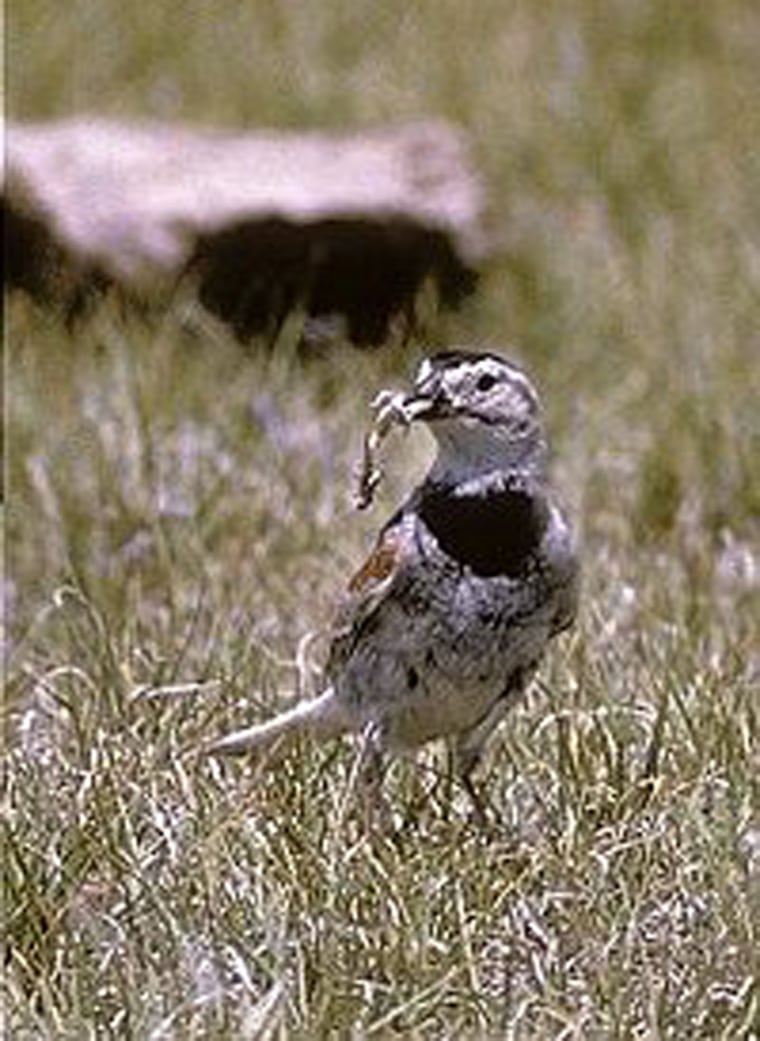The feathered creatures winging across North America have an obvious gift that land-bound humans lack, but their survival is threatened by earthly concerns.
Almost 30 percent of bird populations on the continent are facing a “significant decline,” the National Audubon Society said in its first “The State of the Birds” report Tuesday.
The group studied data from 1966 to 2003 for 654 bird species that live in grasslands, shrublands, forests, waterways and urban settings.
Most dire was the finding that 70 percent of the species in grasslands — such as the eastern meadowlark, the bobolink, the short-eared owl and the greater prairie-chicken — are doing poorly.
For those in shrublands — including the northern bobwhite, the painted bunting and the Florida scrub-jay — 36 percent of species are not doing well. Among forests, a quarter of bird species are declining; for urban areas, the figure is 23 percent, while it is 13 percent for wetlands.
The group described the losses as abnormal and said they could be seen as ecological indicators of problems that people also were or would soon be facing. Because of that, the group called for more protections for those habitats and increased conservation efforts by private landowners and homeowners.
“Like the canary in the coal mine warning the miner of danger ahead, birds are an indicator of environmental and human health,” said John Flicker, president of the society. “Birds also contribute to the bottom line in more subtle ways, providing free pest and weed control, distributing seeds, and pollinating flowers and crops.”
Through federal gift-giving, Interior Secretary Gale Norton has encouraged private landowners to conserve wildlife habitat.
And the agency’s Fish and Wildlife Service has for nearly 50 years checked on populations of North American waterfowl and health of ponds and marshes. Those who conduct the annual surveys have cited loss of wetlands and swamps as among their biggest concerns.
